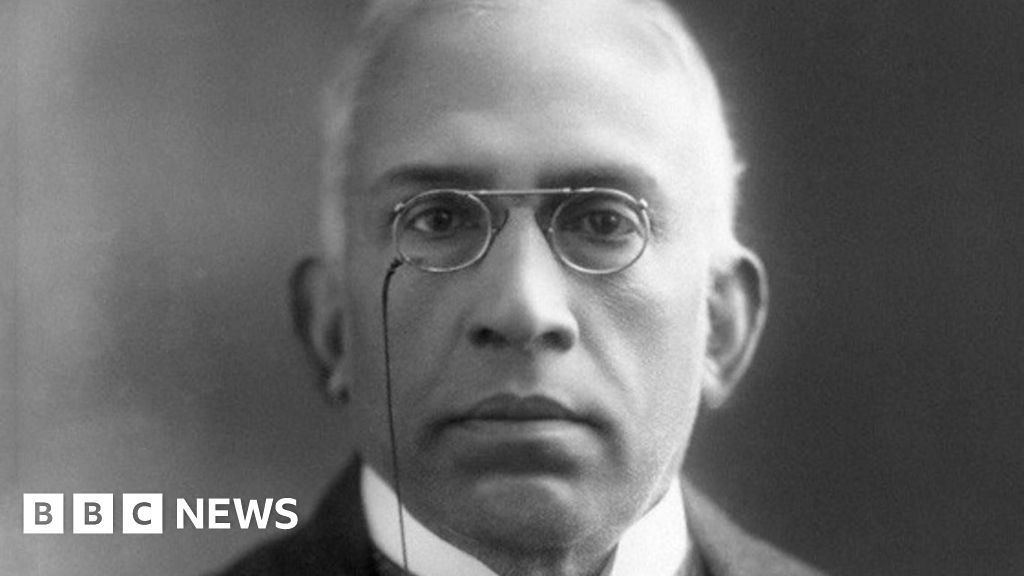A research team has succeeded in inducing ferromagnetism, a key property of conventional magnets, in pure vanadium oxide, a compound not previously recognized for such magnetic behavior. Through a series of experiments, the team verified that by precisely adjusting the oxidation state of vanadium ions, they could induce the element to behave magnetically.
The research is published in the journal Advanced Functional Materials. The team was led by Professor Chun-Yeol You from the Department of Physics and Chemistry at DGIST.
Vanadium oxide (VO) is widely known for its metal-insulator transition (MIT), a phenomenon in which its electrical conductivity dramatically changes depending on temperature. While its electronic properties have been extensively studied, its magnetic properties—especially the possibility of ferromagnetism—remain largely unexplored. VO typically exhibits antiferromagnetic or paramagnetic behavior, which limits its application as a magnetic material.
Without applying doping or introducing structural defects, the team investigated whether pure vanadium oxide could become ferromagnetic solely by varying its oxidation state. To achieve this, they deposited thin layers of metallic vanadium and systematically adjusted the oxygen concentration, producing thin films with differing oxidation levels.
The results revealed a clear trend: lower oxidation states led to stronger ferromagnetic behavior, whereas higher oxidation states diminished it. Notably, ferromagnetism was observed when vanadium ions in different oxidation states (e.g., Vanadium (III) and Vanadium (IV)) coexisted within the material. This ferromagnetic behavior emerged in localized regions and was consistent with Density Functional Theory (DFT) predictions, strengthening the validity of the experimental results.
Previously, it was generally believed that achieving ferromagnetism in vanadium oxide required extrinsic factors, such as chemical doping or structural imperfections. However, this study demonstrates that magnetic properties can be engineered through oxidation control alone, representing a significant breakthrough in understanding vanadium oxide.
Professor You remarked, “We confirmed that the mixed valence state of vanadium ions plays a critical role in generating ferromagnetism, and this property can be finely tuned by controlling oxidation levels. These findings could provide valuable design principles for developing advanced magnetic materials and help establish a foundational material platform for next-generation information devices.”
More information:
Kwonjin Park et al, Control of Ferromagnetism of Vanadium Oxide Thin Films by Oxidation States, Advanced Functional Materials (2025). DOI: 10.1002/adfm.202422966
Citation:
Ferromagnetism achieved in pure vanadium oxide by tuning oxidation states (2025, May 2)
retrieved 2 May 2025
from
This document is subject to copyright. Apart from any fair dealing for the purpose of private study or research, no
part may be reproduced without the written permission. The content is provided for information purposes only.


















